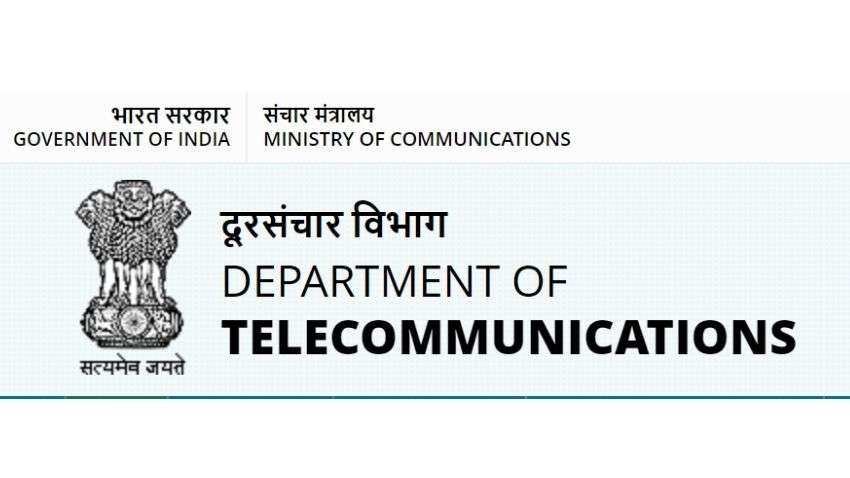In the Rajya Sabha, the Minister of State for Communications and Rural Development, Dr. Pemmasani Chandra Sekhar, revealed that India registered 19.18 lakh cybercrime complaints in 2024 alone, with reported financial losses reaching ₹22,811.95 crore. The data, sourced from the National Cyber Crime Reporting Portal (NCRP) managed by the Indian Cyber Crime Coordination Centre (I4C) under the Ministry of Home Affairs (MHA), underscores the growing scale and sophistication of cyber fraud in India.
While ‘Police’ and ‘Public Order’ remain State subjects under the Seventh Schedule of the Constitution, the MHA and Department of Telecommunications (DoT) are jointly driving policy and operational efforts to combat digital crimes. The MHA’s 14C platform continues to serve as a central coordination hub for Law Enforcement Agencies (LEAs), while the NCRP enables citizens to report a wide range of cyber offenses, including financial fraud, digital harassment, and phishing.
DoT Deploys AI-Driven Tools ASTR & FRI to Combat SIM Fraud and Risky Numbers
To counter telecom-based frauds, the DoT has deployed advanced technologies including ASTR (Artificial Intelligence and Big Data Analytics-based tool) to detect SIM cards obtained using fake documents. ASTR identifies multiple SIM cards issued to the same person under different identities, plugging a key vulnerability exploited in cyber frauds.
In parallel, the DoT has developed the Financial Fraud Risk Indicator (FRI)—a data-driven metric that assigns risk levels (Medium, High, Very High) to mobile numbers based on their association with financial fraud. This tool enables banks, NBFCs, and UPI platforms to adopt preemptive measures when handling high-risk mobile numbers, thereby strengthening customer protection in digital transactions.
To further address the challenge of international spoofed calls, DoT and Telecom Service Providers (TSPs) have implemented mechanisms to detect and block calls that mimic Indian mobile numbers, even though they originate from foreign cybercriminals.
Citizen Engagement and Multi-Stakeholder Collaboration Bolster Fraud Prevention
Recognising that technology alone cannot solve the problem, DoT has launched comprehensive citizen engagement initiatives. These include the Sanchar Saathi portal and mobile app, a citizen-centric platform for reporting telecom-related fraud and managing mobile connections. Through its Sanchar Mitra volunteer program, DoT is collaborating with student volunteers from various universities to conduct digital safety workshops, public awareness drives, and on-ground fraud prevention campaigns.
Additionally, 620 organizations—including central security agencies, police departments, GSTN, banks, and TSPs—have been onboarded to the Digital Intelligence Platform (DIP), an online secure ecosystem for sharing telecom-related fraud intelligence. DIP facilitates seamless coordination across government and private stakeholders to detect and disrupt digital financial frauds in real-time.
With India handling nearly 20% of the world’s digital population, the government’s layered and collaborative approach reflects a strategic response to the rising tide of cybercrime. However, experts continue to stress the need for faster implementation of data protection laws, more robust inter-agency cooperation, and increased digital literacy among users to make cyber safety a mainstream priority.


